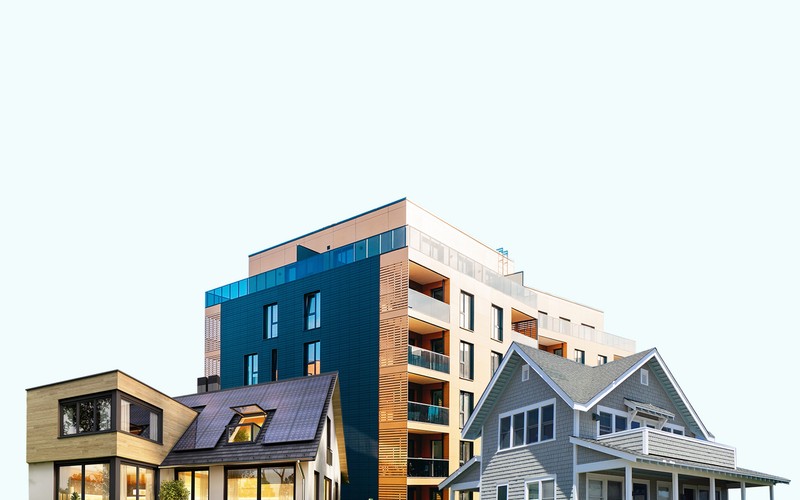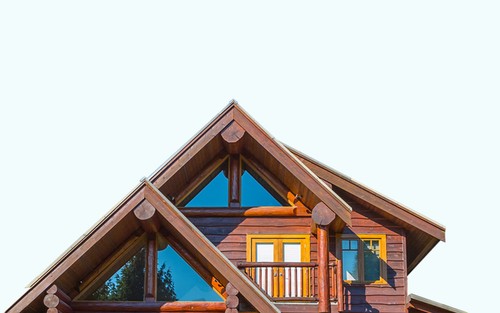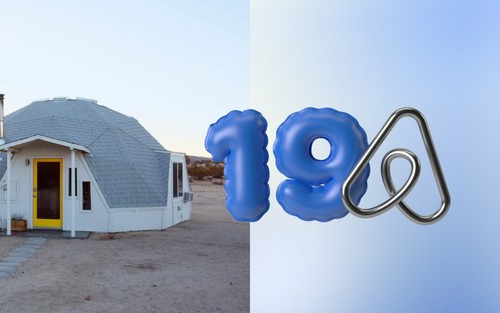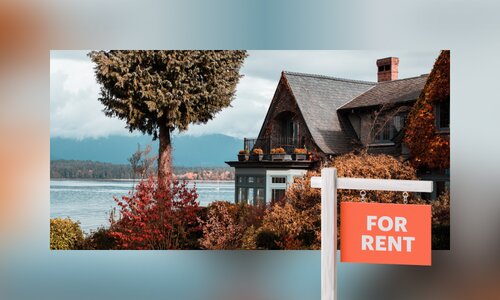Thinking of investing in a rental property but not sure what’s the best investment? Let us help. We’ve broken down the most common types of rental properties to help you decide.
The pros and cons of different types of rental properties
1. Single-family homes
A single-family home is a dwelling that does not share walls or land with another dwelling and has its own entrance and exit. It’s what most of us picture when we think of a traditional house. Single-family homes typically attract renters with families who are more established in their careers.
The most significant benefit of investing in a single-family rental is its relative affordability compared to other types of residential properties. As a result, they offer a way for many first-time real estate investors to enter the rental market. Another benefit is the possibility of turning it into a short-term vacation rental, especially if it’s in a desirable location.
The downsides of single-family homes are ensuring occupancy and property management. Rental properties only earn income when they’re occupied. Since single-family homes consist of just one rental unit, they won’t generate any income if renters do not occupy them. Another downside, as with all rental properties, is managing the property.
2. Multi-family homes
A multi-family home, or multi-family house, is a single building divided into multiple housing units. Multi-family homes contain between two and four rental units. They typically appeal to younger renters in the early stages of their careers.
Common types of multi-family homes:
- Duplex
A duplex is a house or building divided into two separate living units. Floorplans vary from duplex to duplex. Sometimes the units are side-by-side. Sometimes they’re stacked on top of each other. The common element, however, is that the units share a wall.
- Triplex
A triplex is a house or building divided into three separate rental units. As with duplexes, the floor plan of a duplex can vary. However, the units in a triplex usually share one or two walls.
- Fourplex
A fourplex is a house or building divided into four separate units. The rental units may be side-by-side or stacked on top of one another.
- Condominium
Condominiums, or condos, may be a single building or building complex that contains any number of individually owned apartments. They differ from apartment buildings because the units are typically owned by individuals rather than one person or business. An important thing to note about condos is that many have homeowner’s associations (HOA) that enforce rules and collect HOA fees.
Condos, like single-family homes, in ideal locations also make great vacation homes.
- Townhouse
A townhouse, or townhome, is a multi-family house most like a single-family house. The owner of a townhouse owns the structure and the property it sits on. However, townhouses are not free-standing structures. They share at least one common wall with another unit which is why they are considered multi-family properties.
The benefits of a multi-family home include convenience, cash flow, and tax deductions. Unlike a single-family home, investors who own a multi-family home can choose to live in one of their rental units. This makes it very convenient to manage the property. The rental income generated from the other units can help offset the cost of the mortgage and maintenance expenses. On top of that, multi-family homes offer property owners many tax benefits. Owners can write off any money spent on repairs or maintenance. They may even be able to prorate part or all their mortgage interest payments.
The downsides of a multi-family home revolve around the cost of purchasing and maintaining them. This is especially true for a duplex, triplex, or fourplex, where a real estate investor typically buys the entire building. As a result, they require more money upfront to cover a down payment and property taxes. Condos and townhouses are typically more affordable because they’re purchased as individual units, like a single-family home. All types of multi-family properties can be expensive to maintain. The reason? They’re shared structures. A problem in one unit, like mold, can quickly spread to the other units. A good property management company can help you stay on top of issues, but they come with a price tag.
3. Commercial properties
Commercial property is any property used for business activities. It’s a broad definition that covers everything from office and industrial spaces to retail and apartment buildings. Since this article is for people interested in residential real estate, we’re going to explore the two types of apartment buildings you can invest in as well as workforce housing.
- Low-rise apartment complex
Low-rise apartments are usually 3 to 4 stories high with 50 to 400 rental units. They are sometimes referred to as “garden apartments.” Low-rise apartment complexes typically don’t have elevators. Depending on the real estate market, they may or may not have parking available for tenants.
- High-rise apartment building
A high-rise apartment building is usually over seven stories high and contains over 100 rental units. They are typically found in cities and offer residents the convenience of being close to everything they need. High-rise apartments also have elevators for tenants to easily access their units and shared spaces.
- Workforce housing
The Urban Land Institute defines workforce housing as housing that’s affordable to households earning 60-120% of an area’s median income. It’s affordable housing for middle-income workers and is usually located in urban areas. Workforce housing is a way to help people who earn too much to qualify for traditional housing subsidies but not enough to purchase their own homes. It’s great for residents and investors. Workforce housing qualifies for tax credits other types of commercial real estate don’t get.
Commercial properties have always been sound investments because of their higher market value. As a result, they have the potential to yield the most significant returns.
The downsides of commercial properties include cost and property management. Higher market value also means higher housing prices. Due to their size and location, commercial properties come with higher price tags, property taxes, insurance premiums, and maintenance costs. They can also be challenging to manage because of the number of tenants and their needs. There are several property management companies out there, but they come with hefty price tags.
4. Vacation homes
A vacation or short-term rental is any furnished property rented temporarily to tourists or vacationers. Vacation rentals can be a lucrative investment for real estate investors. However, as with any investment, they come with some risk.
There are many benefits to investing in a short-term vacation rental. They include higher potential income, personal use of the property, tax benefits, and the ability to withstand recessions.
The downsides of investing in a vacation home are all tied to managing the property. Vacation rentals come with high tenant turnover and inconsistent income between peak and off seasons. Vacation homeowners are also responsible for all utilities, maintenance, and property cleaning between tenants. Managing a vacation rental can be a bit of a hassle. That’s why we’ve recently expanded into the vacation rental market. We want our members to unlock the wealth-building potential of vacation rental properties without the headache or hassle.
Ready to start investing in rental houses?
Let us help. Our platform lets you buy shares of rental properties, including vacation rentals. Browse our available properties to start investing in real estate today.







